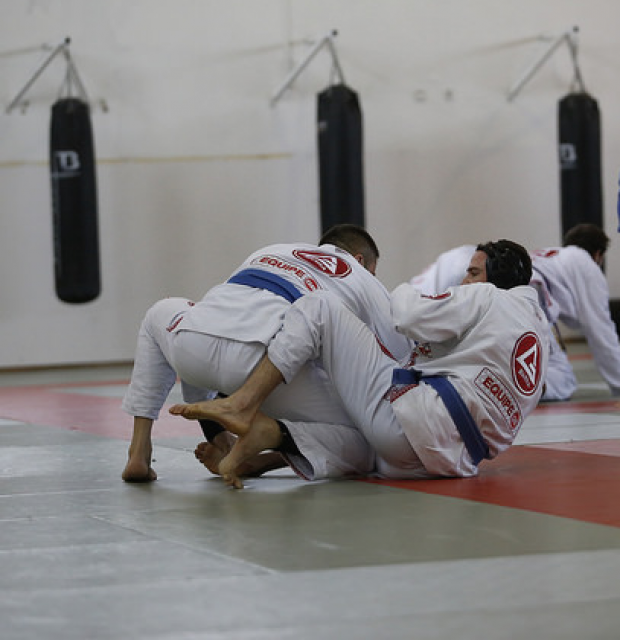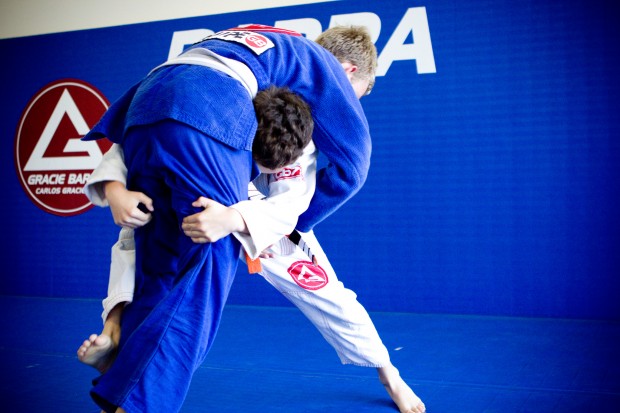4 Differences Between Sport Bjj and Bjj for MMA (amateur rules)
I attended an amateur MMA event recently and saw how bjj was used by the competitors much differently than what you might see in an IBJJF or other pure grappling competition.
This event was under amateur rules* which limit many techniques that the full Unified MMA rules would allow – especially legal strikes both standing and on the ground.
* Note that these were amateur rules that did not allow strikes to the head while the fighters were on the ground. This obviously, significantly changes the ground game.
Read also: The 5 Expressions of Brazilian Jiu-Jitsu
1) Fewer techniques were used overall
When you introduce adrenaline into the fight, the number of techniques the fighters employ is automatically far fewer.
If you know 100 techniques, when the stress of competition goes up, that number of techniques that the fighter recalls is down to 30-40.
Remove the kimono and many sweeps and reversals disappear. Obviously the collar chokes and lapel wraps too!
For those studying bjj as a supplement to their mma training, there are a core of important positions and techniques that should be drilled to perfection.
2) Certain positions were far more important / far less important
The numbers of guillotines attempted is FAR higher when the gi is absent. When one opponent attempts a double leg or single leg takedown, the opponent often counters with a sprawl and /or guillotine choke.
* Work your guillotine counters!
Various types of open guard disappeared without the sleeves to control and opponents did not pass standing like in sports bjj. The top needs to stay close and keep the grounded opponent from standing back to striking range.
More important positions: Front head lock & guillotine, half guard top and bottom (basic underhook and head control), mount, rear mount attack and defense, closed guard
Less important positions: Open guard (a HUGE part of sport bjj), knee on belly, sports oriented half guard (especially working for sweeps!)
3) Sweeps are nowhere near as important
Without both the:
A) Points system of sports bjj
B) The sleeve / collar grips
The importance of sweeps was drastically diminished!
The most popular subject for many bjj instructors is open guard sweeps in kimono bjj classes.
Infinite in variations and fun to train, it is a huge part of bjj.
In MMA type of rules, when the opponent is inside the guard, they usually stay on top close, to prevent the bottom from escaping to the feet and using strikes (to the body in the amateur rules) to the bottom.
4) Takedowns are important!
The lesson for the fighters after the event: Drill your double leg takedowns and counters!
The double leg was by far the most attempted and successful takedown technique.
There are a large number of judo throws and wrestling takedowns that are trained in academies, but the double leg is the King.
The lessons from the competition?
Bjj for mma is a smaller subset of positions and techniques that must be drilled to the point where the fighter can recall and use in stressful, difficult fight situations when they are severely fatigued.
For mma, all of the fancy, flashy stuff must be stripped away and training efforts directed to the most common fight situations!
Credits: Mark Mullen
Gracie Barra Black belt based in Taipei, Taiwan
Twitter: @MarkMullenBJJ


